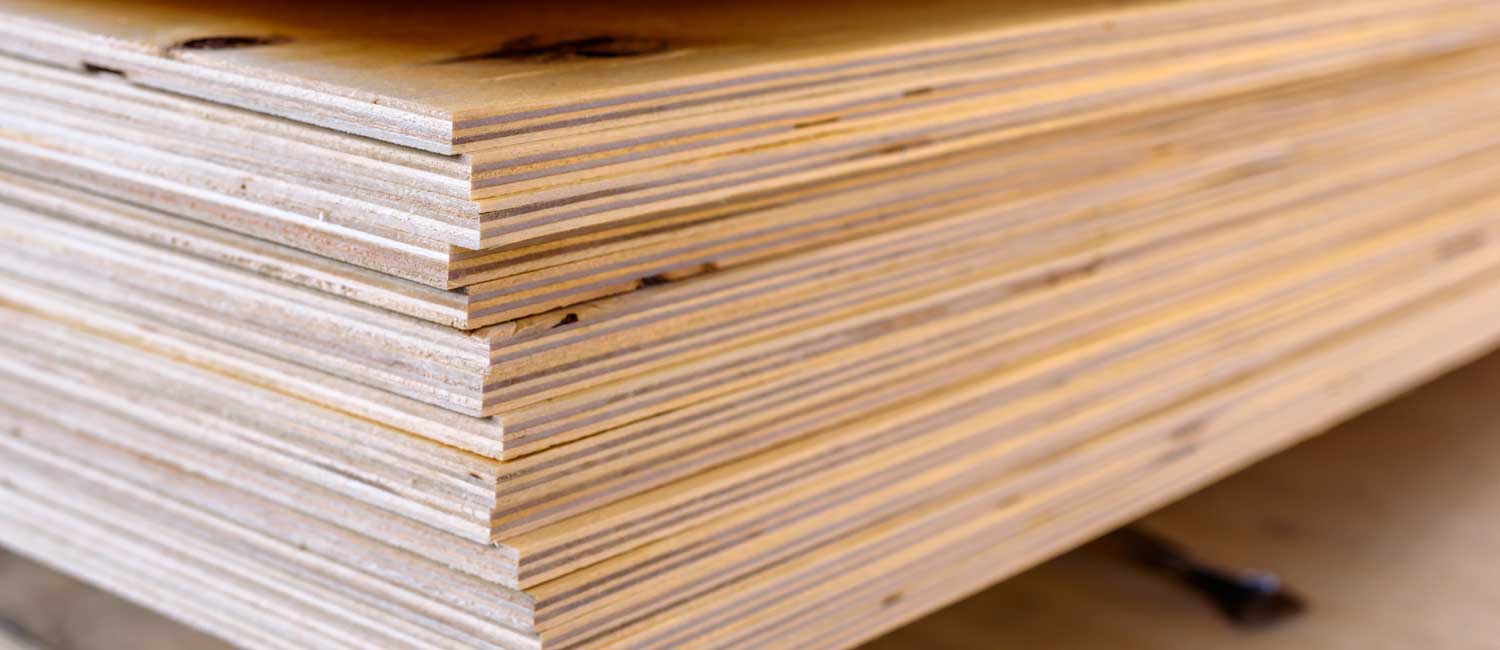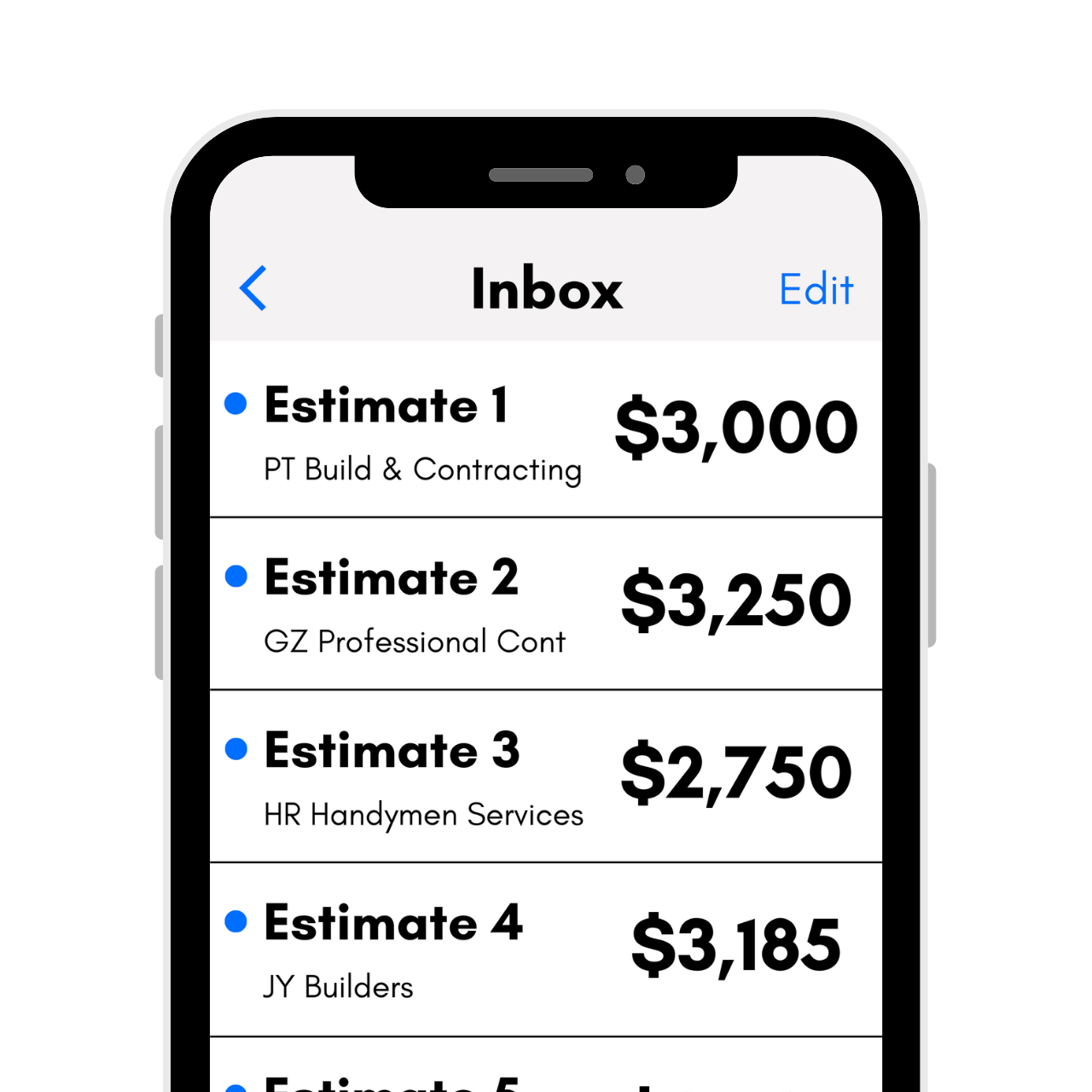Plywood Calculator – Estimate 4×8 Sheets of Plywood Needed
Estimate the sheets of 4×8 plywood needed for walls, floors, and ceilings.
Plywood Estimate:
On this page:
How Many Sheets of 4×8 Plywood Do You Need?
Plywood is a versatile material made of many thin sheets of wood known as plies. It’s used for many things, from covering a home’s exterior to creating a subfloor. Plywood can come in different types, sizes, and thicknesses.
Finding the number of sheets of plywood needed for a floor, wall, ceiling, or cabinet begins with finding the area that needs to be covered. You can find an area by multiplying the length and width of the space in feet.
Find the square footage of each space and add them together to find the total square footage needed.

Divide the total square footage of the area by the square footage of a sheet of plywood to find the number of sheets required to cover the space. A 4×8 sheet of plywood is 32 sq ft.
For example, if the area to be covered in plywood is 800 sq ft, then 25 sheets of plywood will be needed to cover it.
800 ÷ 32 = 25 sheets
Ordering extra sheets of plywood will allow for project waste and scrap pieces that can’t be used. It’s generally a good idea to add 10% to your total square footage, then round up to the nearest full sheet of plywood when ordering.
Common Types of Plywood
- Multi-ply:
- Plywood is actually composed of several layers of wood glued together. Plywood is commonly composed of 3 or 5 layers.
- OSB:
- Oriented strand board (OSB) is composed of wood strands or flakes compressed with glue. OSB is commonly used in framing to sheath roofs, floors, and walls.
- MDF:
- Medium-density fiberboard (MDF) is composed of small wood fibers compressed with glue. The smaller fibers offer neat edges and a smooth surface. MDF is commonly used in cabinetry.
- Particle Board:
- Particle Board is composed of small wood particles compressed with glue. The particles are bigger than the fibers used in MDF but smaller than the flakes used in OSB. Particle board is often used for floor sheathing, shelving, and furniture.
- Block Board:
- Block board is a panel composed of boards glued edge to edge and then sandwiched between sheets of veneer. It is very strong and rigid and is often used in furniture.
- Hardwood Plywood:
- Hardwood plywood is often used for furniture and cabinets. It often has a smooth or sanded finish and will display the grain and color of the wood used, so the surface may be finished.
- Sheathing:
- Sheathing hardwood or structural hardwood is very strong and thick, and is used for sheathing a roof or structure. This plywood does not have a finished surface, as it’s meant to be covered.
- Markerboard:
- A less common type of plywood is markerboard. This is used as a surface material for interior walls and furnishings. Its surface is coated in a smooth surface so that a dry-erase marker can be used on it.
Common Plywood Thickness
Plywood is often sold in 1/4″, 1/2″, and 3/4″ thicknesses, though other sizes are also available. The thickness needed will depend on the purpose and use. Thicker panels are more rigid and durable but are also heavier and more expensive.
Keep in mind that the actual thickness of plywood is often slightly thinner than the nominal thickness, learn more about the actual thickness of plywood. In most cases, this will not be an issue, but it is important to keep in mind for projects that require more precision, such as fine carpentry.



